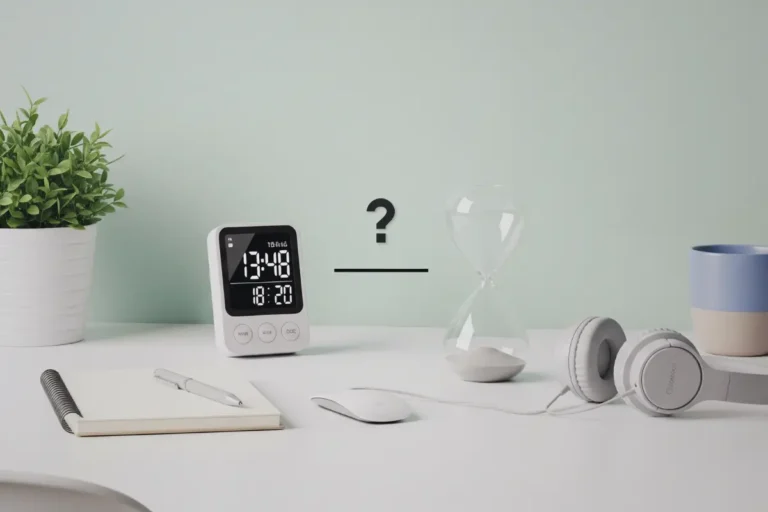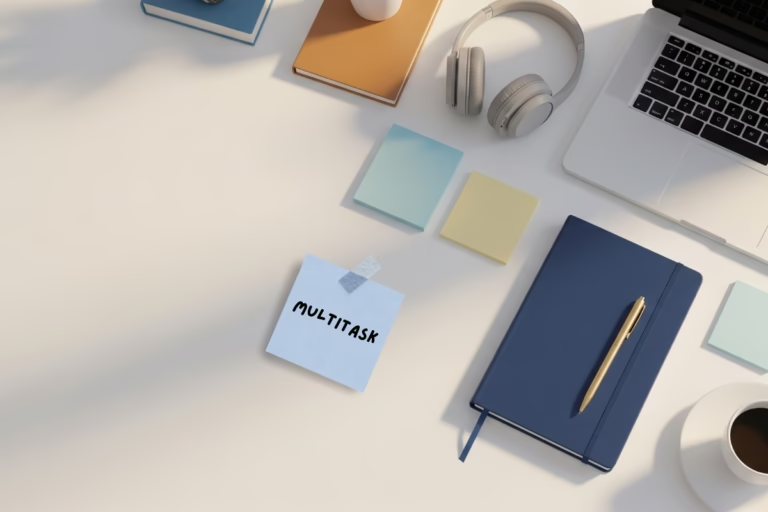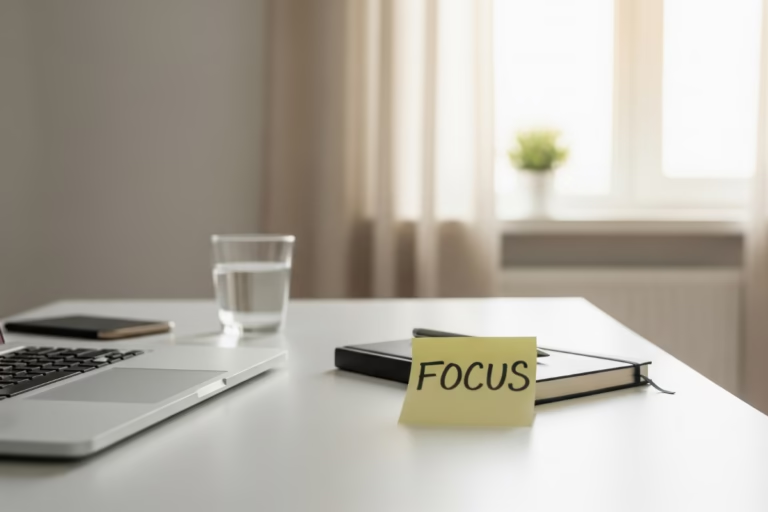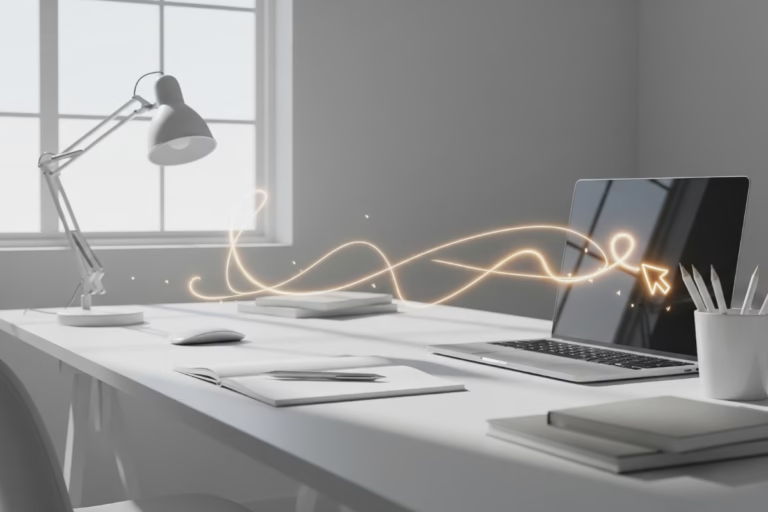How to Enter a Flow State while Studying As a Student
If you want to study faster, retain more, and actually enjoy the process, the solution is simple: learn how to enter a flow state while studying.
Flow is that immersive mental state where distractions fade, focus deepens, and time feels suspended. Unlike generic productivity hacks, this approach unlocks deep concentration and long-term mastery. Whether you’re preparing for finals, writing a paper, or learning a new concept, entering a flow state while studying allows you to operate at your peak.
This guide will show you the exact conditions, systems, and study techniques to make flow your default—not your exception.
What Is Flow State (And Why It Matters for Studying)
The Science of Flow
Flow state, a concept coined by Mihaly Csikszentmihalyi, is a psychological state where you’re fully immersed in a task, balancing challenge and skill with effortless attention. It’s characterized by heightened clarity, time distortion, and deep satisfaction.
Neuroscientifically, this state involves a drop in prefrontal cortex activity (responsible for self-monitoring) and increased alpha and theta brainwaves, which are linked to focus and creativity.
How Flow Enhances Learning and Memory
When you enter a flow state while studying, you’re not just zoning in—you’re retaining more, solving problems faster, and forming deeper connections. This is due to increased dopamine levels that enhance both motivation and memory consolidation.
Why Most Students Rarely Experience It
Most never learn how to enter a flow state while studying because their environment, digital distractions, and poorly structured sessions constantly interrupt cognitive momentum. Shallow focus becomes the default.


How to Enter a Flow State While Studying
Set Clear Study Intentions
Start with clarity. Define what success looks like for this session—not vague goals like “study biology,” but specific tasks like “summarize Chapter 4’s key concepts.”
Clear goals reduce cognitive ambiguity and serve as internal focus anchors.
Match Task Difficulty to Skill Level
If your study task is too easy, you’ll get bored. Too hard, and you’ll feel overwhelmed. The sweet spot? Slightly above your current ability. This tension creates the conditions for flow.
Use Focus Triggers and Rituals
If you’re serious about learning to enter a flow state, you need to engineer entry cues:
- Use a specific playlist
- Study in the same location
- Begin with a consistent routine
These cues condition your brain to associate that context with deep concentration.
Work in Timed Blocks
To enter a flow state while studying, structure your time around extended, distraction-free focus blocks—ideally 60 to 90 minutes. This mirrors the brain’s natural ultradian rhythm, which governs cycles of peak alertness and cognitive clarity.
These deep work sessions should be treated as sacred: no phone, no multitasking, no toggling between tabs. Just one task, full immersion.
If your focus stamina is low, you can train up using tools like the Pomodoro Technique, but the goal is always to graduate to longer blocks. Flow doesn’t happen in fragments—it needs space to unfold.
This structure minimizes decision fatigue and maximizes your ability to study with precision.
Minimize Friction and Distraction
Before you start:
- Turn off notifications
- Use tools like Cold Turkey or Freedom
- Eliminate visual clutter
The more friction you remove, the more fluidly you’ll enter flow. If you want to master entering a flow state, friction is the first enemy to defeat.
Optimizing Your Study Environment for Flow
Lighting, Sound, and Spatial Cues
- Use soft, indirect lighting
- Play non-lyrical music or white noise (Depending on your prophiciency)
- Keep your space consistent
The environment should signal “focus mode” the moment you sit down. Environmental consistency trains your brain to enter flow faster.
The Role of Digital Minimalism
Scrolling between study sessions resets your brain’s momentum. Practice digital minimalism by eliminating unnecessary tabs, turning off your phone, and using distraction blockers.
Tools That Support Flow
- Notion: Plan, track, and reflect
- Cold Turkey: Block access to distractions
- Brain.fm: Music scientifically designed to promote focus
These tools support—not replace—your ability to enter a flow state while studying.


Mental Techniques to Deepen Study Focus
Stillness and Focus Anchors
A brief moment of stillness before studying can sharpen focus. Just 60 seconds with no input—no music, no scrolling—can signal your brain it’s time to engage.
Visualization and Performance Identity
Before studying, visualize the type of student you want to be: focused, disciplined, sharp. Step into that performance identity each time you sit down.
This primes your brain for flow.
Reframing Internal Distractions
Sometimes our brain self-sabotages us when it see’s we are making progress in the right direction.
When distractions come up, don’t resist. Acknowledge them, write them down, and return. This prevents the buildup of cognitive noise.
Flow State Study Systems for Students
Building a Flow-Friendly Study Routine
Consistency builds momentum. Design your weekly study routine around:
- Set time blocks
- Minimal interruptions
- Challenging material first
Eventually, your brain will adapt and learn how to enter a flow state while studying on command.
Tracking Focus Without Killing It
Use a simple scale from 1–10 after each session:
- How focused was I?
- What distracted me?
- How can I improve tomorrow?
This reflection loop enhances metacognition without disrupting the flow process.
What to Do When Flow Doesn’t Come
Flow isn’t guaranteed. On off-days:
- Shorten your session goals
- Lower intensity (review vs. creation)
- Focus on showing up, not perfection
Even showing up keeps the habit—and flow—alive long-term.
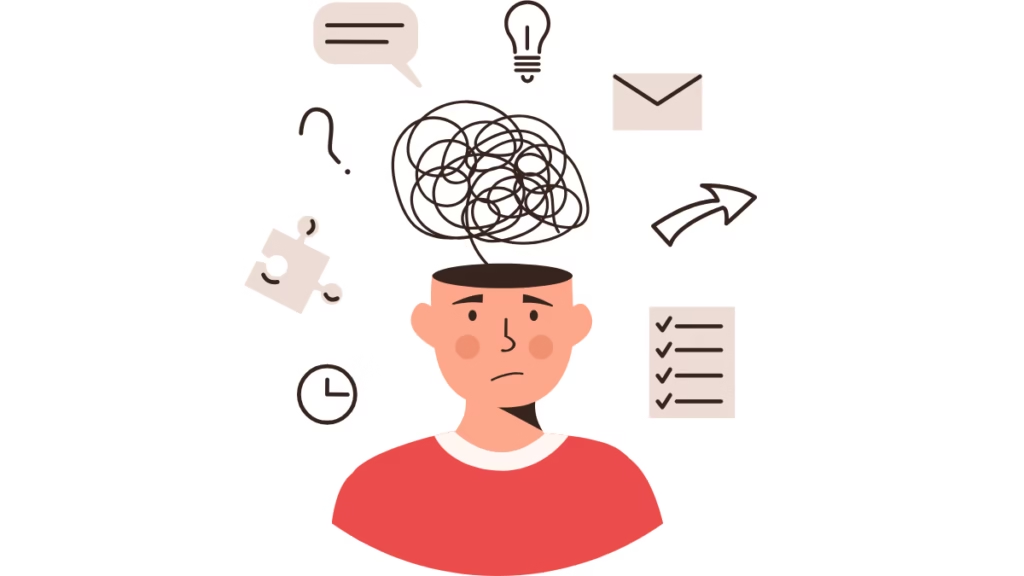

Common Mistakes That Block Flow State
Multitasking During Study Time
Every time you switch tabs, check a notification, or glance at your phone, you reset your attention baseline. True flow only happens when your attention is singular.
Studying Without a Clear Start or Stop
Blurred sessions create mental fatigue. Use physical or digital rituals to mark start (music, breathwork) and end (review, reflection).
Using the Wrong Type of Breaks
Don’t break flow with TikTok. Instead, take active recovery breaks—stretching, walking, hydration. Avoid anything dopamine-heavy.
Advanced Study Strategies That Reinforce Flow
The Role of Dopamine and Momentum
Dopamine spikes from progress reinforce study habits. That’s why flow feels good. Use this momentum to ride into your next session.
Reward yourself with small, controlled wins—checking a task, journaling progress, or reviewing how deep your focus was.
The “Entry Ramp” Technique for Fast Immersion
Flow doesn’t begin at full speed. It builds.
Use an “entry ramp” to transition into focus. Start with a simple, low-resistance task—like reviewing yesterday’s notes or outlining the chapter—before diving into complex material.
This subtle shift primes your mind, reduces friction, and builds momentum naturally.
Study Stacking With High-Reward Tasks
Stack your favorite study topic after your hardest one. This keeps your momentum rolling and signals your brain that focus brings reward.
Final Thoughts: Build Your System Around Flow
Knowing how to enter a flow state while studying isn’t just a tactic—it’s a system. One that transforms how you study, retain knowledge, and perform under pressure.
Set the conditions. Refine the process. Let flow do the heavy lifting.
Frequently asked Questions
How long does it take to enter flow state while studying?
Usually 10–20 minutes of uninterrupted focus. It depends on task difficulty, environment, and your mental state.
What should I do if I get distracted during flow?
Pause. Breathe. Write the distraction down. Return gently—don’t restart the whole session.
Can you do flow-based studying every day?
Yes, but it takes practice. Like any skill, the more you do it, the easier it becomes to drop in quickly.
What’s the difference between focus and flow?
Focus is attention. Flow is immersion. You can focus without entering flow—but not the other way around.
Is it hard to learn how to enter a flow state while studying?
Learning how to enter a flow state while studying isn’t hard—it just requires structure. Flow thrives on clarity, consistency, and focus-friendly conditions. When you design your environment, block your time, and follow a simple entry ritual, the process becomes repeatable. With practice, slipping into deep concentration becomes second nature.


